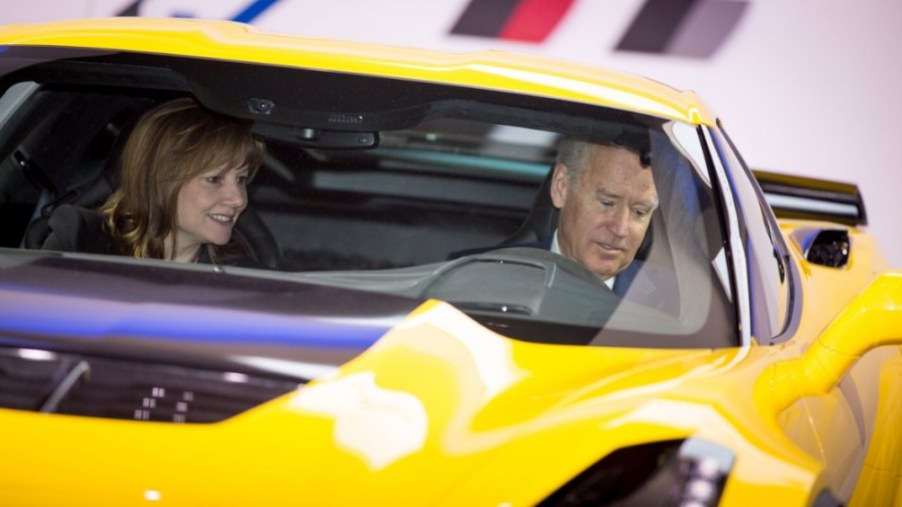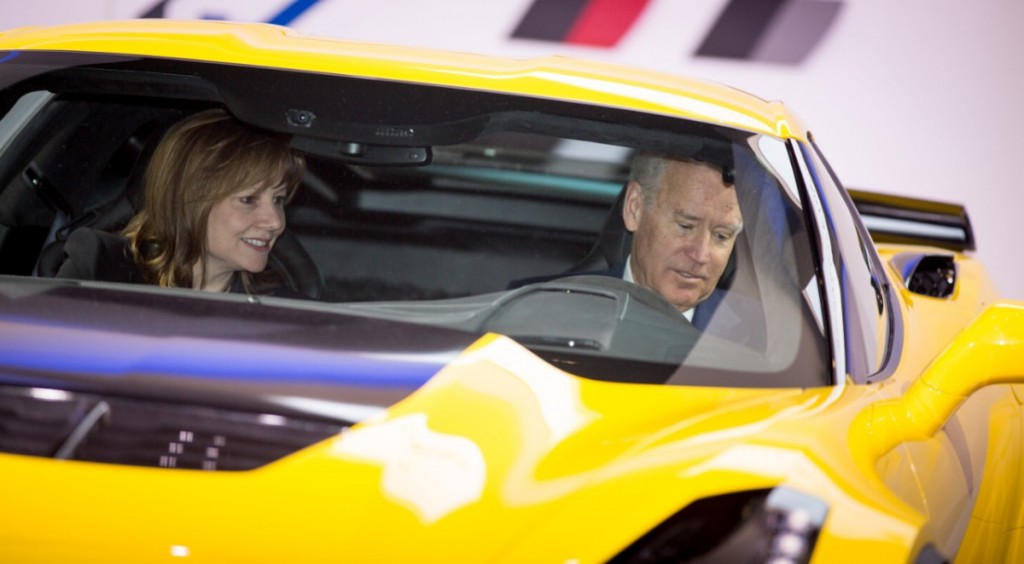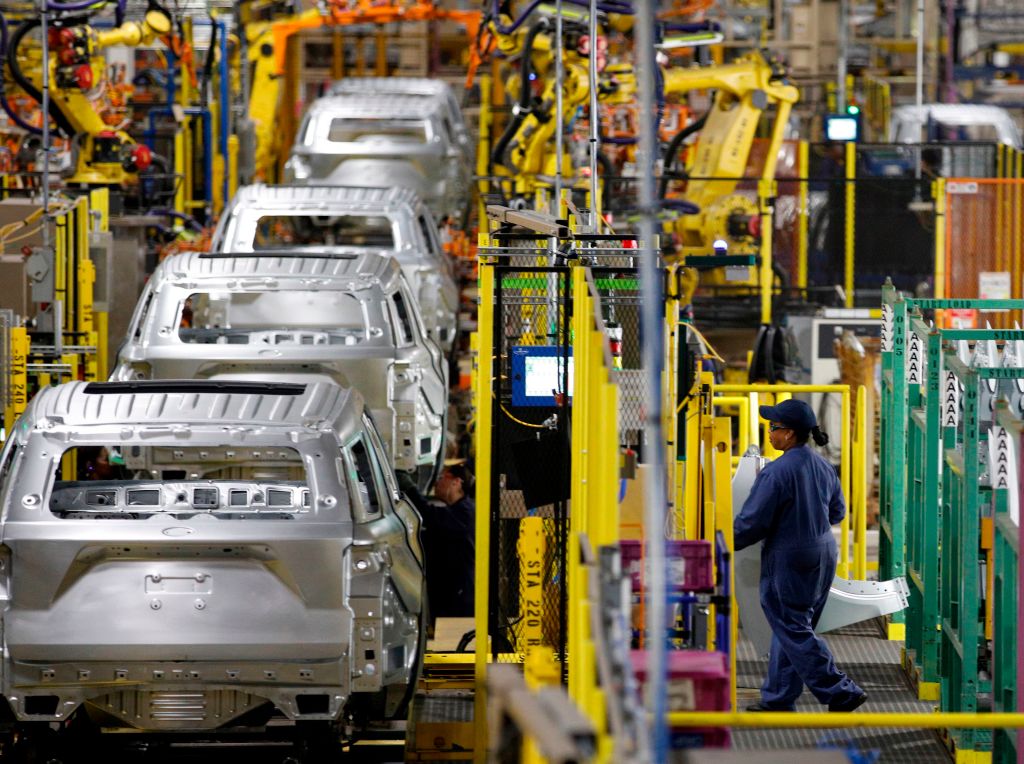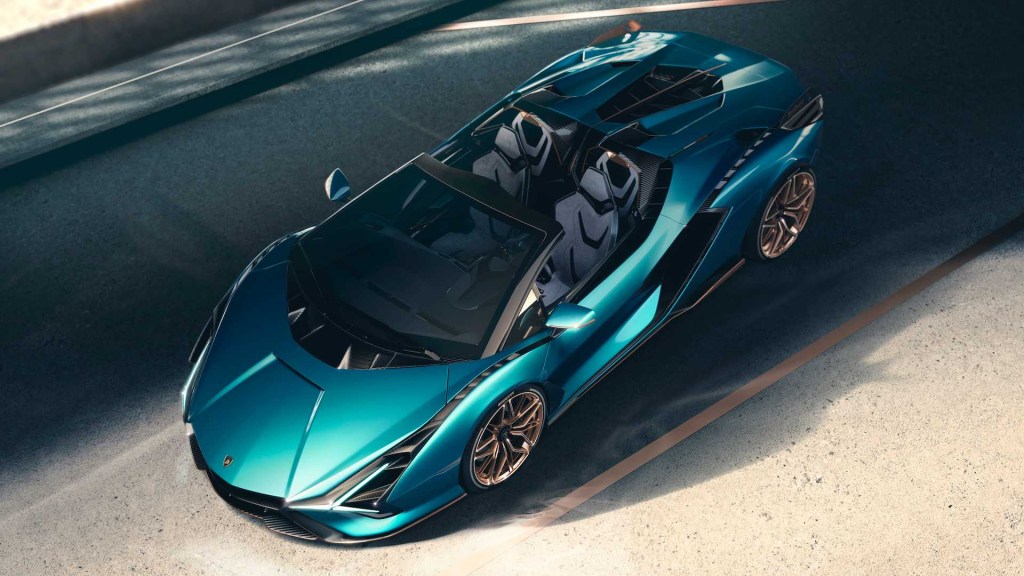
Will 2035 See The End Of Gas-Powered Vehicles? It Looks Likely
The news this week has taken a dark turn if you’re a gas-powered vehicle proponent. More countries and regions are targeting 2035 as the target to ban gas-powered vehicle manufacturing. That already includes California, British Columbia, and just today Quebec announced 2035 as its plan to ban. Meanwhile, companies like luxury car-maker Bentley have set 2030 as the year when it will convert its entire product line to electric-only. And President-Elect Joe Biden’s aggressive plan for electrification links jobs to production. It is looking more like 2035 will be the end of gas-powered vehicles around the world.
Biden met with CEOs Mary Barra of General Motors, and Satya Nadella of Microsoft

Since Biden’s plan could drive us to all-electric vehicles the fastest let’s take a look at that first. Biden met with both Mary Barra, CEO of General Motors, and Satya Nadella, CEO of Microsoft. The heads of the AFL-CIO and UAW were also present. “General Motors was pleased to participate in this important discussion with President-Elect Biden and Vice President-Elect Harris and others from the business and labor community,” GM said in a statement Monday.
The economy is in the tank, being the worst since the Great Depression. Biden is looking at both furthering his environmental agenda with the need for employment around the country. “As you battle COVID, we have to make sure that businesses and workers have the tools, the resources, and the national guidance and health and safety standards to operate safely,” Biden said.
Biden’s economic plan is called “Build Back Better”

Nothing will get better until COVID is beaten. So Biden is putting the pieces in place for the country to grow once that happens. His economic plan is called “Build Back Better” and includes $2 trillion for clean energy and infrastructure. Wind turbines, sustainable homes, and electric vehicles will be needed to affect climate change. Those will add millions of jobs.
Another plan is his “Buy American” strategy. It includes $400 billion set aside for needed federal purchases made by American workers. According to Automotive News, there will also be $300 billion for certain research and development projects. Biden sees these initiatives as creating five million jobs.
The campaign sees most of this funding coming from two sources. Increased taxes on income over $400,000 and added taxation for companies that now pay nothing. There is more to this far-reaching plan but this covers those objectives that affect vehicles.
Volkswagen is looking to possibly cut Lamborghini, Ducati motorbikes, and other brands

There will also be effects on the development and production of electric vehicles from various manufacturers. Today Volkswagen announced it is looking to spend more than $85 billion in digital and electric vehicle production in the next five years. To that end, it is looking to possibly cut Lamborghini, Ducati motorbikes, and possibly other brands from its portfolio. It might split them off as independent with their own initial public offering. This would give them an initial capital injection but then they would need to be self-sufficient.
It would also put some capital into Volkswagen to get it closer to the $85 billion it expects to have to spend. So some brands may not survive this swing towards electrification. It may be one of the costs if the larger corporations want to survive looking quite different from how they look and operate in 2020.
Most of Europe is looking at 2035 as the end of the line for gas-powered vehicles. If the idea catches on with the incoming Biden administration incentives will be such that the automotive landscape will also look completely different from how it is in 2020 in 10 years.



